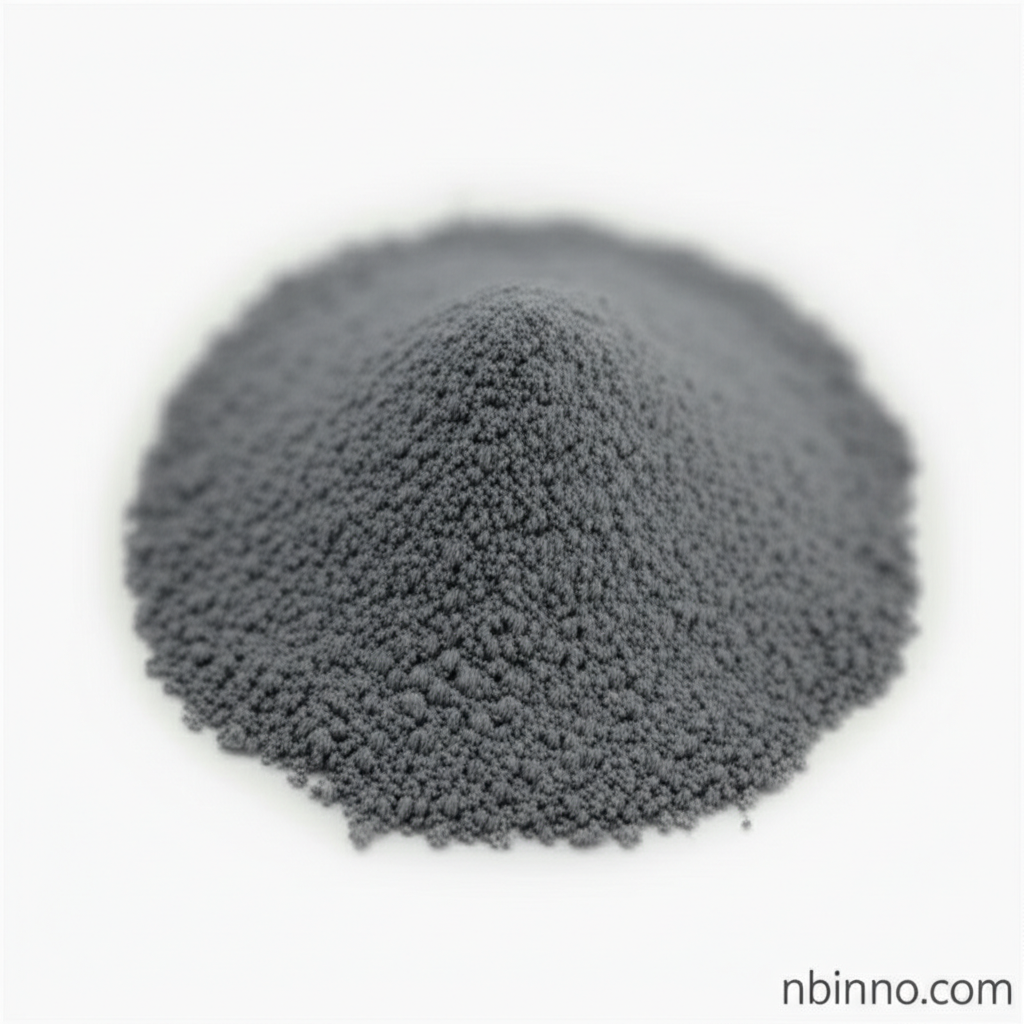2,3-Dichloroquinoxaline: A Versatile Heterocyclic Compound
Unlocking potential in pharmaceuticals and material science through innovative synthesis and applications.
Get a Quote & SampleProduct Core Value

2,3-Dichloroquinoxaline
2,3-Dichloroquinoxaline is a significant heterocyclic compound recognized for its critical role as a building block in organic synthesis and its potential in various scientific fields, particularly pharmaceuticals and material science. Its unique structure, featuring reactive chlorine atoms, enables diverse chemical transformations and the creation of novel derivatives with desirable properties.
- Discover the 2,3-dichloroquinoxaline synthesis pathways that offer high yields and efficiency, crucial for its widespread use.
- Explore the antimicrobial activity of quinoxaline derivatives, showcasing the compound's potential in combating infectious diseases.
- Learn about the uses of 2,3-dichloroquinoxaline in developing advanced materials with unique functional properties.
- Understand the 2,3-dichloroquinoxaline properties that make it a valuable intermediate for complex organic synthesis.
Key Advantages
Versatile Reactivity
The two reactive chlorine atoms in 2,3-dichloroquinoxaline allow for extensive nucleophilic substitution reactions, enabling the synthesis of a wide array of complex derivatives for various applications in organic synthesis.
Pharmaceutical Potential
Research highlights the promising anticancer drug development capabilities of its derivatives, as well as their significant antimicrobial activity, addressing critical health challenges.
Material Science Innovation
This compound serves as a foundation for creating novel functional materials, contributing to advancements in areas like optoelectronics and specialty polymers through its unique structural attributes.
Key Applications
Drug Discovery
Leveraging its structure for developing novel therapeutics targeting diseases like cancer and infections, driven by its inherent antimicrobial activity of quinoxaline derivatives.
Organic Synthesis
Acting as a crucial building block, facilitating complex molecular constructions through versatile nucleophilic substitution reactions in organic chemistry.
Material Science
Used in the creation of advanced materials, contributing to innovations in electronics and other high-tech sectors due to its unique chemical makeup.
Chemical Research
Its well-defined reactivity and structural features make it an important reagent for exploring new chemical reactions and synthesizing novel compounds.
